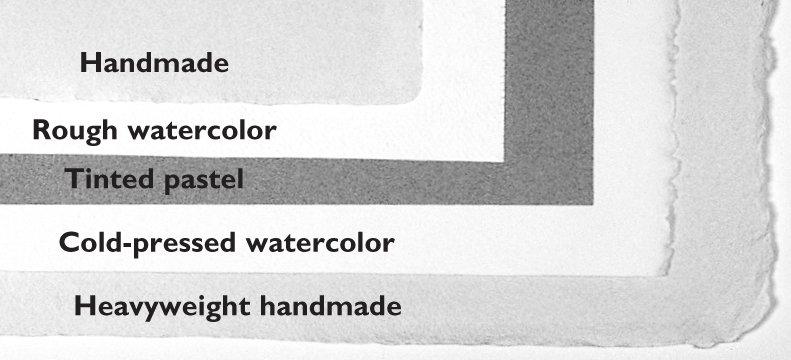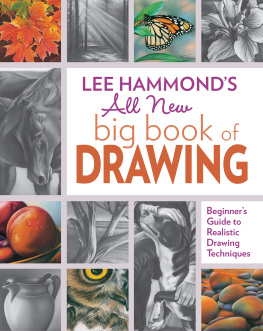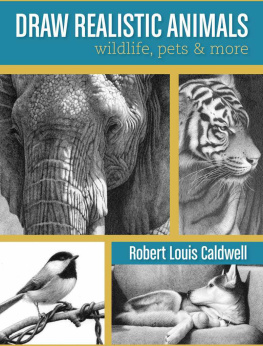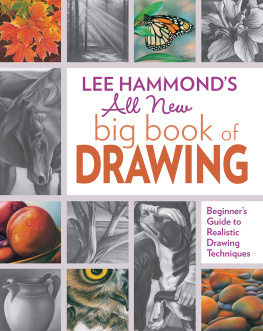Artists Library Series
How to Draw from Photographs
Diane Cardaci


Project Editor: Jenna Winterberg Designer: Shelley Baugh Production Artist: Debbie Aiken
2010, 2011 Walter Foster Publishing, Inc. Artwork 2010, 2011 Diane Cardaci.
All rights reserved. Walter Foster is a registered trademark.
Digital edition: 978-1-6005-8171-7
Softcover edition: 978-1-6105-9864-4
This book has been produced to aid the aspiring artist. Reproduction of the work for study or finished art is permissible. Any art produced or photomechanically reproduced from this publication for commercial purposes is forbidden without written consent from the publisher, Walter Foster Publishing, Inc.
1 3 5 7 9 10 8 6 4 2
Contents
Introduction
When artists view the world, they see inspiration at every turnfrom an arrangement of fruit at the market to the way the rain is glistening off cars in the rain. But with the hectic pace of modern life, its not always possible to come to a screeching halt in order to depict whatever inspiration youve encountered. Keeping a camera at your side is the next best thingit captures the moment for you, pausing the action and recording all the visual details for your use at a more convenient time, when you too have time to stop.
We are very lucky to live in an age where taking photographs is so easy. From inexpensive pocket-sized digital cameras to the more costly professional single-lens reflex (SLR) cameras, there is a device to suit every artist. Digital cameras allow us to take a large quantity of photos without regard to the cost of film or processing. And with the advancement of automated point-and-shoot technology, one need not even fear the technical side of photography! Today, the artist who does not take advantage of this amazing tool in pursuing his/her individual vision is rare indeed.
Photographs can be a great asset to the artistbut as wonderful a tool as the camera is, it is important for us to remember that too much reliance on the photograph can interfere with the artistic process.
In spite of the ease of use of many cameras, it is still important to learn some basic skills to properly capture an artistic subjectand also to interpret that subject before taking it from the photo to the page. In this book, Ill show you some of the many ways that photographs can be an asset to the artist, as well as helping you avoid some common pitfalls. So lets take a look at how this very modern tool can help with a timeless art!

Tools and Materials
You can create almost any texture imaginable with a pencil and paper. You wont need a lot of supplies to follow the exercises in this book, but its important to get acquainted with the basics. As you work, you can experiment with different tools to discover which ones suit you best.
Pencils
Pencils are labeled with numbers and letters. The letter indicates hard lead (H) or soft lead (B), and the number describes the gradethe higher the number, the more intense the hardness or softness of the lead. So a 9B is the softest of the B leads; a 2B is mildly soft. HB is in between hard and soft. Soft leads create thicker, darker lines; hard leads produce thinner, lighter lines.
There are several types of pencils: Woodless pencils feature larger leads that can form fine points; mechanical pencils create uniform strokes; carpenters pencils create very wide strokes; water-soluble pencils produce washes that are similar to watercolor paint when manipulated with water; and lead holders are sleeves that can hold any grade of lead.

Choosing Your Pencil Pictured from left to right are a carpenters pencil, a woodless graphite pencil, and large and small lead holders.
Erasers
Erasers are great for creating highlights and for shading. I prefer kneaded erasers because they can be molded into different shapes and sizes to suit my needs. Theyre softer and more flexible than vinyl erasers, the type you usually see in schools. They are great for cleaning up a finished drawing because they dont leave crumbs.

Cleaning Up Pictured here are a battery-powered eraser, a kneaded eraser, vinyl erasers, and a pen eraser.
Papers
Your choice of paper is as important as your choice of pencil. I mainly use Bristol board, a heavy paper available in vellum (rough) or plate (smooth) finish. Rough, cold-pressed papers create a deeper tone and break up the stroke, which is great for drawing stone and landscape textures. Smooth, hot-pressed papers provide the ideal surface for delicacy and detail. The rougher the surface, the more tooth (or texture) the paper has. Use acid-free papers whenever possible to avoid yellowing and deterioration.

Experimenting with Papers There is a great variety of papers you can choose from. Pictured from top to bottom are a small handmade paper, which has a deckle edge and is ideal for smaller drawings; a rough watercolor paper, which has a very rugged, but regular, pattern; a tinted pastel paper, which has a nice tooth; a cold-pressed watercolor paper, which is great for laying washes with water-soluble pencil; and finally a heavyweight handmade paper, which has a very rough, irregular tooth.
Sharpeners
Carpenters pencils and other specialty pencils can be sharpened manually with a single-edge blade and/or a sandpaper block. Mechanical pencils have special sharpeners for the leads, called pointers. For my wood pencils, I usually use an electric sharpener. Most artists use a combination of all these sharpeners, depending on the type of point they want. A mechanical sharpener will give you a very fine point, but you have little control over it. Sandpaper can make some nice blunt points that are difficult to create with other types of sharpeners. Some artists even use a utility knife to whittle their pencils into hard, sharp shapes.

Sharpening Your Tools Each type of pencil has a specific sharpener. If youre using a carpenters pencil, you can find a blade and sandpaper at the hardware store. When youre done sharpening, the shavings can be used as graphite powder, also called carbon dust.
Blending Tools
There are several tools that can be used to smudge and blend graphite. A blending stump is a rolled piece of paper that can be used for blending so you dont get your fingers dirty. A tortillon is similar, but shaped differently. When youre working with a larger area, you can use a chamois cloth for blending. These are important to have on hand for creating certain textures.
Next page










